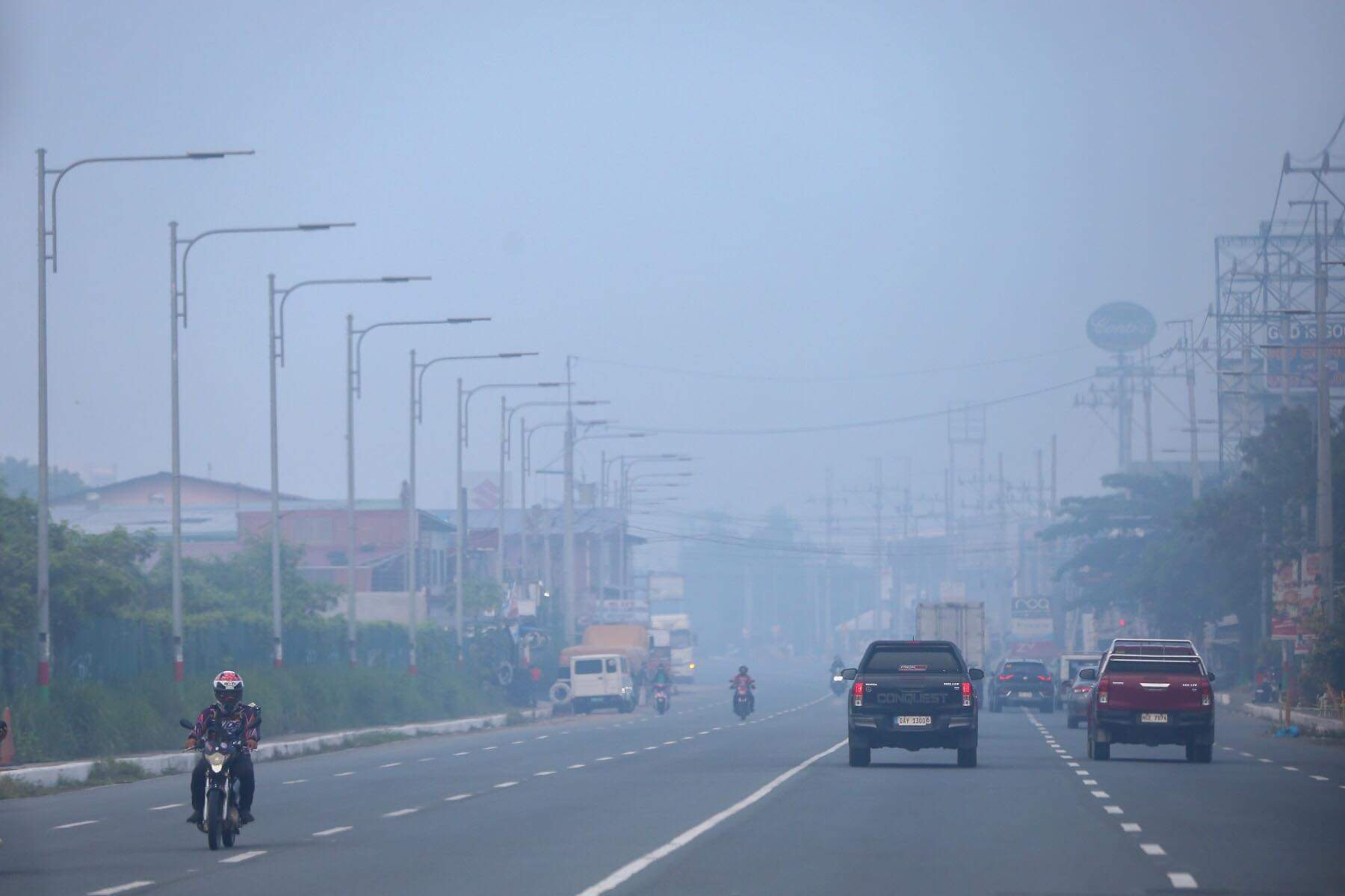Metro Manila smog 'not related' to Taal Volcano's activity

Taal Volcano's activity is "not related" to the smog that blanketed Metro Manila and neighboring areas on Friday, Sept. 22, said the Philippine Institute of Volcanology and Seismology (Phivolcs).
“The smog is not related to Taal Volcano. Instead, the vog (volcanic smog) was over areas on the western side of Taal Volcano,” Phivolcs said in a message to reporters.
“Phivolcs detected the vog drifting west-southwest of Taal Volcano, so (it is) not going toward Metro Manila,” it added.
It explained that vog is made up of tiny droplets of volcanic gas, such as sulfur dioxide, which can irritate the eyes, throat, and respiratory system.
The severity of these effects depends on the concentration of the gas and the length of exposure, it added.
Smog due to ‘thermal inversion’
The Philippine Atmospheric, Geophysical and Astronomical Services Administration (PAGASA) explained in a separate statement that Friday morning's meteorological conditions in Metro Manila, Calabarzon (Cavite, Laguna, Batangas, Rizal, Quezon), and some areas of Central Luzon were favorable for the formation of haze or smog.
“This occurs when very small particles get trapped close to the surface due to the presence of a thermal inversion, high humidity, and calm wind conditions,” it said.
“These floating minute particles in the air could be from smoke, pollutants, or volcanic aerosols, it added.
PAGASA said thermal inversion occurs when cool air, which is typically found at higher altitudes, stays closer to the earth's surface than warm air.
“It occurs when layers of the atmosphere do not mix, causing aerosols to get trapped,” it pointed out.
“Usually, the inversion disappears later in the day as heat from the sun allows the mixing of the air, allowing the aerosols to disperse. However, cloudy conditions may reduce surface heating, allowing the haze to persist,” it said.